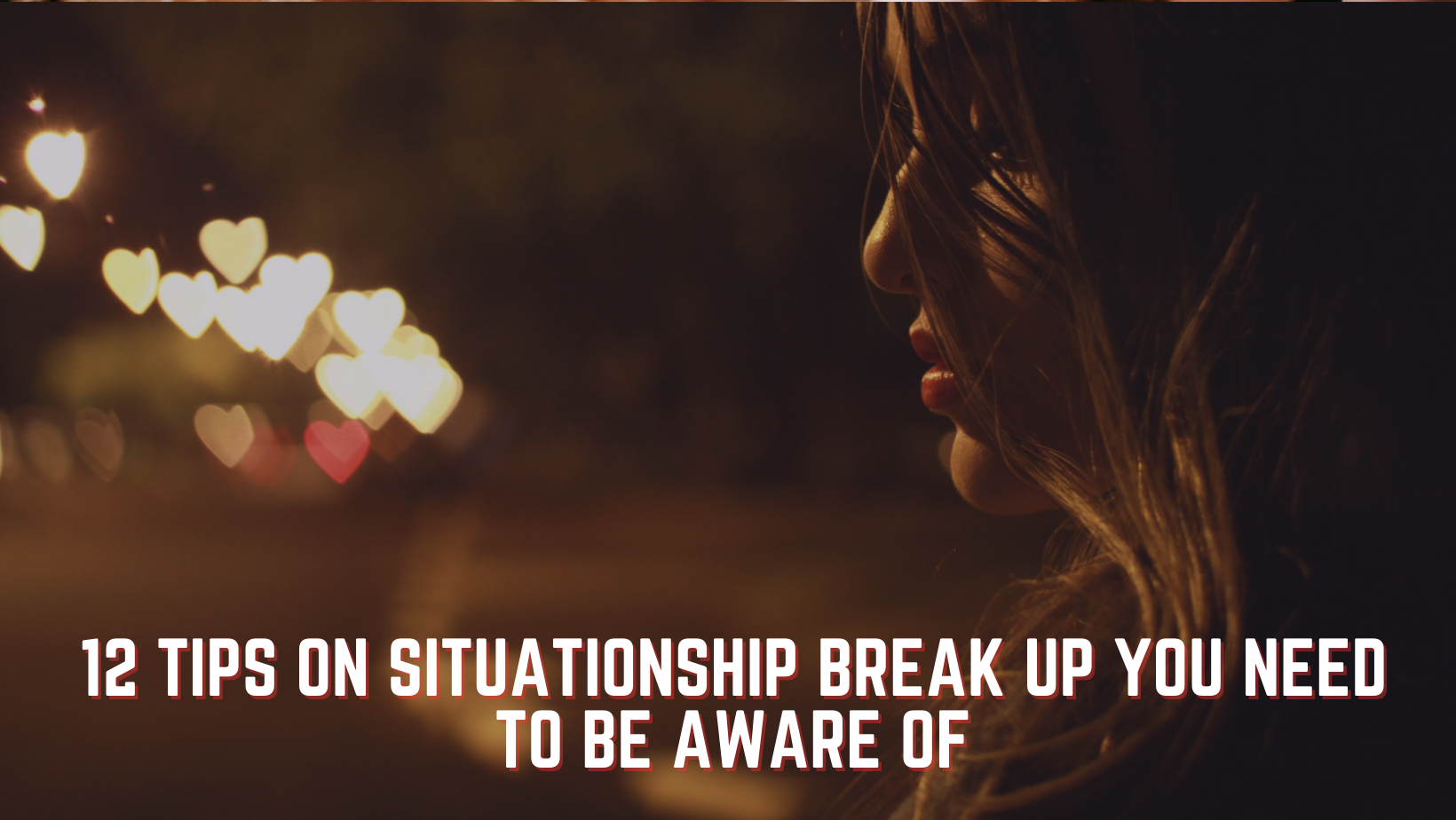Ending a situationship while hoping to maintain a friendship requires a delicate balance of honesty, respect, and clear communication. Transitioning from a romantic or semi-romantic relationship to a purely platonic one is challenging but possible with the right approach. This comprehensive guide will walk you through the process, emphasizing the importance of mutual understanding and respect.
What is Situationship For You?
Before making any moves to end a situationship, it’s crucial to fully grasp the nature of your relationship. Reflect on the emotional connection, the shared experiences, and what each of you hoped to gain from the situationship. Understanding these elements is key to approaching the end of your situationship in a way that respects both parties’ feelings and paves the way for a potential friendship.
1. Reflect on Your Decision
Before initiating the conversation, take time to reflect on why you want to end the situationship. Whether it’s due to unmet expectations, a realization of incompatibility, or a desire for something more committed, being clear about your reasons will help you communicate your decision effectively. This clarity will also prevent any mixed signals during the conversation, making your intentions to transition to friendship more understandable.
2. Evaluate the Possibility of Friendship
Consider if a transition to friendship is realistic. Reflect on the level of emotional attachment and whether both parties can genuinely accept a platonic relationship without lingering romantic feelings. This assessment is crucial because maintaining a friendship post-situationship requires both individuals to be on the same page emotionally.
3. Communicate Honestly and Respectfully
Honesty and respect form the cornerstone of this crucial conversation. Approach the discussion with sincerity, explaining your desire to end the situationship while expressing a wish to remain friends. Be clear and articulate your feelings without placing blame or causing unnecessary hurt. Remember, the goal is to part ways amicably and respectfully.
4. Choose an Appropriate Setting
The setting for this conversation should be private and comfortable, allowing both parties to express themselves freely. Avoid public places or settings where you might be interrupted. A familiar and neutral environment can help in facilitating a calm and sincere discussion.
5. Acknowledge and Appreciate the Relationship
Begin the conversation by acknowledging the positive aspects of your situationship. Expressing gratitude for the time spent together and the experiences shared can create a foundation of goodwill and mutual respect, setting a positive tone for the rest of the conversation.
6. Listen to Their Perspective
Be prepared to listen to your partner’s response. They may have their own feelings and perspectives on ending the situationship and transitioning to a friendship. Active listening demonstrates your respect for their feelings and reinforces your commitment to ending things amicably.
7. Discuss Boundaries and Expectations
Clear boundaries are essential in transitioning to a platonic relationship. Discuss how you envision the friendship and what boundaries are necessary to avoid confusion or hurt feelings. This might include guidelines on communication, social interactions, and physical boundaries.
8. Allow Time for Adjustment
Recognize that both of you will need time to adjust to the new dynamics of your relationship. Transitioning from a situationship to a friendship isn’t instantaneous and requires patience and understanding from both sides.
9. Be Prepared for Any Outcome
It’s important to enter this conversation prepared for any response. Your partner may not feel the same way about transitioning to a friendship. If this happens, respect their feelings and give them space. It’s crucial to manage your expectations and be ready to accept the outcome, whatever it may be.
10. Focus on Self-Care
Regardless of the outcome, prioritize your emotional well-being. Ending any relationship, even a situationship, can be emotionally taxing. Engage in activities that support your mental health and well-being, and allow yourself time to process the change in your relationship.
11. Revisit and Reassess the Friendship
After some time has passed, it’s wise to revisit and reassess the friendship. Ensure that the boundaries set are being respected and that the friendship is healthy and mutually beneficial. Regular check-ins can help maintain a healthy dynamic and ensure that both parties are comfortable with the relationship.
12. Seek Support if Needed
Don’t hesitate to seek support from friends, family, or professional counselors. Ending a situationship, especially one you hoped to turn into a friendship, can be complex and emotionally challenging. Reaching out for support can provide you with additional perspectives and coping strategies.
Transitioning from a situationship to a friendship requires thoughtful consideration, clear communication, and a mutual respect for each other’s feelings. While not all situationships will successfully transition to friendships, approaching the end with honesty, empathy, and respect increases the likelihood of maintaining a positive connection. Remember, the most important aspect is to ensure that both parties feel heard, respected, and comfortable with the relationship’s evolution.

Hi, I am Ashima Kalra. I have been into blogging since a decade. I have written various articles, blogs for different online magazines all this while. In 2023, I decided to launch my own online magazine on a topic that interests me a lot that is Traditional and Modern Relationships. I’ve always found this area interesting. Every now and then I come across various terminologies when it comes to relationship. Then there are different levels I feel I have crossed in this area. So I decided why not share what I know and learn more from people around the world.




